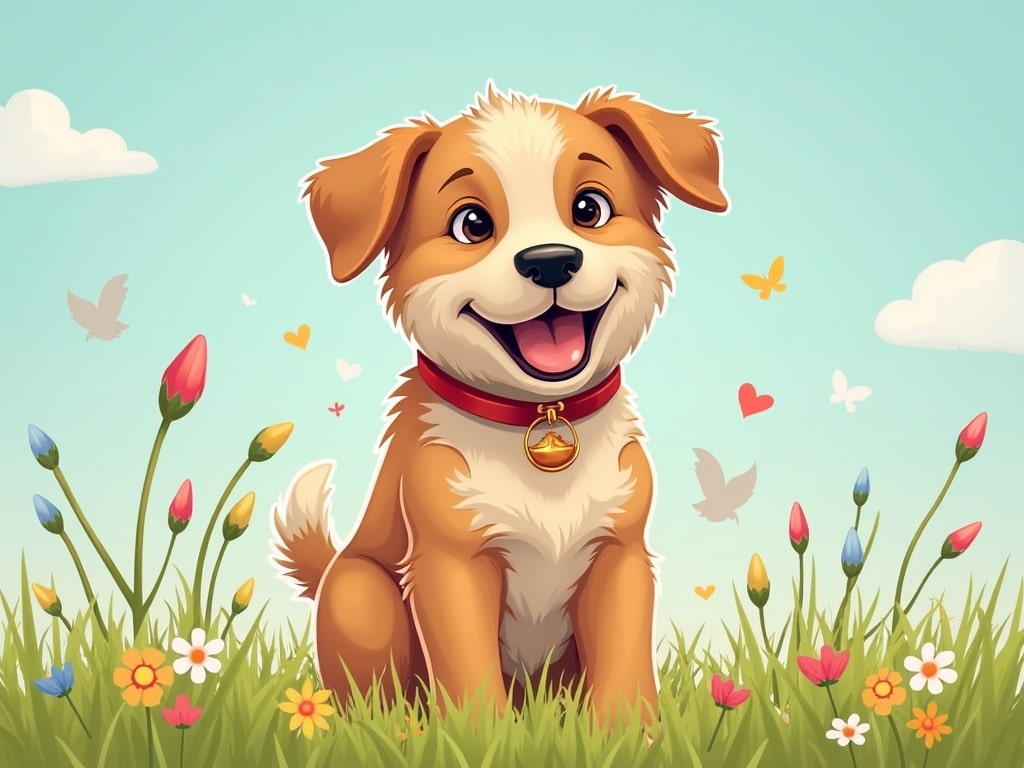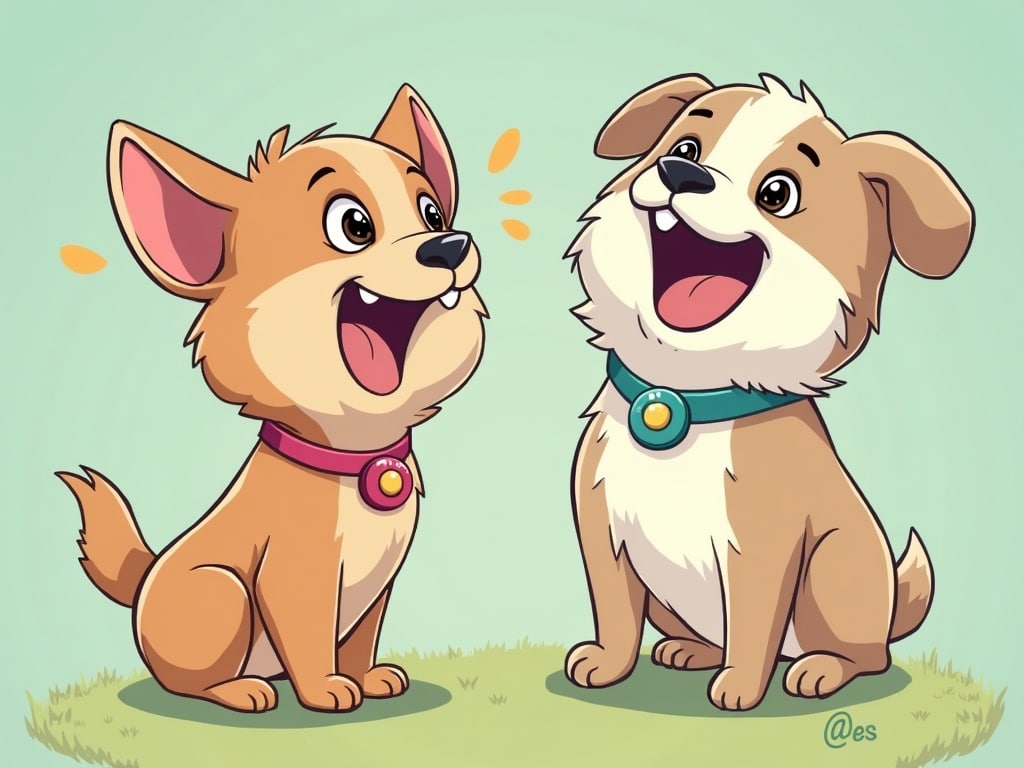Stop Puppy Mayhem: Command Training That’s Fun (For Both Of You!)
Bringing a puppy into your home is like unleashing a tiny, furry tornado of love and chaos. Those adorable eyes and clumsy paws come with a side of nipping, accidents, and a general disregard for your favorite shoes. But fear not! With the right approach to puppy training commands, you can transform that little whirlwind into a well-behaved companion, all while strengthening your bond and having a blast. This isn’t just about teaching tricks; it’s about building a foundation for a lifetime of happy communication.
Understanding Puppy Development: What’s Realistic at Each Stage?
Before diving into puppy training commands, it’s crucial to understand how your puppy’s brain is developing. Think of them as furry little sponges, eager to learn but with limited attention spans.
- 8-12 Weeks: This is a critical socialization period. Focus on gentle exposure to new sights, sounds, and people. Keep training sessions short (5-10 minutes) and focus on building positive associations.
- 3-6 Months: Your puppy’s focus is improving. Introduce basic commands like sit, stay, and come. Keep it fun and reward-based. Be patient, as they’re still learning!
- 6-12 Months: Adolescence hits! Expect some regression and testing of boundaries. Continue reinforcing previous training and introduce more challenging commands.
Remember, every puppy develops at their own pace. Don’t compare your pup to others; focus on celebrating their individual progress.
The Importance of Positive Reinforcement: Why Rewards Trump Punishment
Forget old-school methods of yelling or punishment. Puppy training commands are far more effective with positive reinforcement. This means rewarding your puppy for good behavior, making training a positive experience. Think treats, praise, toys, or even a simple good boy/girl!
Why does it work? Positive reinforcement:
- Builds a strong bond: Your puppy associates you with positive experiences.
- Increases motivation: They’re eager to please and earn rewards.
- Reduces fear and anxiety: Creates a safe and trusting environment.
Avoid punishment! It can damage your relationship and lead to fear or aggression. If your puppy isn’t responding well, reassess your approach and make it easier for them to succeed.
Foundational Commands: Sit, Stay, Come, Down – A Step-by-Step Guide
These four puppy training commands are the building blocks for a well-behaved dog. Here’s how to teach them:
Sit
- Hold a treat in front of your puppy’s nose.
- Slowly move the treat over their head, towards their tail.
- As their nose follows the treat, their rear end should naturally lower into a sit.
- As soon as they sit, say Sit! and give them the treat.
- Repeat several times a day in short sessions.
Stay
- Have your puppy sit.
- Hold your hand up in a stop gesture and say Stay.
- Start with just a second or two, then gradually increase the duration.
- If they stay, reward them with a treat and praise.
- If they move, say Oops! and start again.
Come
- Put your puppy on a leash initially.
- Say Come! in a happy, encouraging voice and gently tug on the leash.
- When they come to you, reward them with a treat and lots of praise.
- Gradually increase the distance and practice off-leash in a safe, enclosed area.
Down
- Hold a treat in your hand.
- Lower the treat to the floor, encouraging your puppy to follow.
- As they lower their body, say Down.
- Once they’re in a down position, give them the treat.
- You can also lure them under your leg to encourage the down.
Leash Training: From Puppyhood to Confident Walks
Leash training is essential for safe and enjoyable walks. Start by getting your puppy comfortable wearing a collar and leash indoors. Let them drag the leash around for short periods, rewarding them for calm behavior.
Once they’re comfortable, start short walks in your yard or a quiet area. Keep the leash loose and reward them for walking nicely beside you. If they pull, stop walking and wait for them to come back to you. Practice makes perfect!
Tips for successful leash training:
- Use a comfortable harness or leash.
- Keep walks short and frequent, especially at first.
- Reward good behavior with treats and praise.
- Avoid distractions as much as possible.
- Be patient and consistent.
Socialization: Exposing Your Puppy to New Experiences Safely
Socialization is crucial for developing a well-adjusted dog. Expose your puppy to a variety of sights, sounds, people, and other animals in a positive and controlled manner.
Key Socialization Experiences:
- Different people (men, women, children)
- Different surfaces (grass, concrete, wood)
- Different sounds (cars, sirens, vacuum cleaner)
- Other dogs and cats (ensure vaccinated and friendly)
Important! Make sure all experiences are positive. Never force your puppy into a situation they’re uncomfortable with. Start slowly and gradually increase the intensity of the exposure. If your puppy shows signs of fear or anxiety, back off and try again later at a slower pace.

Addressing Common Puppy Problems: Biting, Chewing, Potty Training
Puppyhood comes with its challenges. Here’s how to address some common problems:
Biting
Puppy biting is normal, but it needs to be addressed. If your puppy bites too hard, say Ouch! in a high-pitched voice and stop playing. This mimics how puppies communicate with each other. You can also redirect their biting onto a chew toy.
Chewing
Puppies explore the world with their mouths. Provide plenty of appropriate chew toys and keep valuable items out of reach. If you catch them chewing on something they shouldn’t, say No! and redirect them to a chew toy.
Potty Training
Consistency is key! Take your puppy outside frequently, especially after waking up, eating, and playing. Reward them with praise and a treat when they potty outside. Clean up accidents immediately with an enzymatic cleaner to eliminate odors.
See more tips here: From Playful to Poorly: Understanding Puppy Illness and Recovery
Fun Training Games: Keep Your Puppy Engaged and Learning
Training shouldn’t be a chore! Make it fun with these engaging games:
- Find the Treat: Hide treats around the room and encourage your puppy to find them using their nose.
- Tug-of-War: A great way to bond and burn energy, but be sure to let your puppy win sometimes.
- Recall Games: Have family members take turns calling your puppy back and forth, rewarding them each time.
- Obstacle Course: Create a simple obstacle course using household items like pillows and blankets.
These games help reinforce puppy training commands, build confidence, and strengthen your bond.
Troubleshooting Training Challenges: What to Do When Things Go Wrong
Even with the best efforts, you might encounter training challenges. Here’s some troubleshooting advice:
- Puppy isn’t responding: Reassess your approach. Are you using positive reinforcement effectively? Are the commands clear? Are you progressing too quickly?
- Puppy is distracted: Reduce distractions during training sessions. Choose a quiet location and minimize interruptions.
- Puppy is regressing: Don’t get discouraged! Regression is normal, especially during adolescence. Go back to basics and reinforce previously learned commands.
- Seek professional help: If you’re struggling, consider consulting a certified professional dog trainer.
Advanced Commands and Tricks: Taking Training to the Next Level
Once your puppy has mastered the basics, you can introduce more advanced commands and tricks. These can include:
- Shake
- Roll Over
- Play Dead
- Fetch
- Leave It
Teaching advanced commands and tricks is a great way to challenge your puppy mentally and physically, further strengthening your bond, and impressing your friends!
Resources and Further Learning: Where to Find More Help and Information
The journey of puppy training commands is ongoing. Here are some resources for continued learning:
- Books: The Power of Positive Dog Training by Pat Miller, Zak George’s Dog Training Revolution by Zak George
- Websites: The American Kennel Club (AKC), The Association of Professional Dog Trainers (APDT)
- Local Dog Trainers: Search online for certified professional dog trainers in your area.
Remember, consistency, patience, and a positive attitude are the keys to success. Enjoy the journey of training your puppy, and you’ll be rewarded with a well-behaved and loving companion for years to come!

